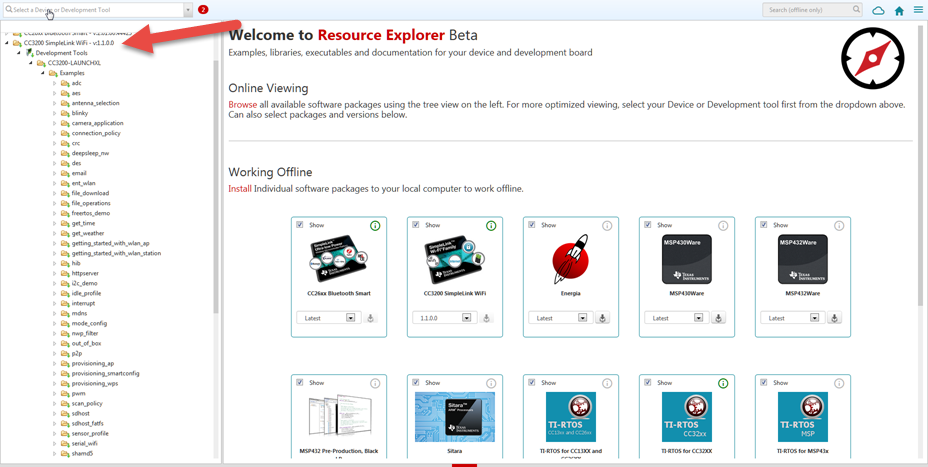Hi All,
I'm starting to use the CC3200, I've read and see the various PDF about Getting Start etc but I'm a little confused, too many informations, I'll try to explain:
1 )The getting start talk about the Project 0 (wlan_station), importing into a workspace various projects , bulding them (I don't understand why I have to build all the projects and not only the wlan_station one) and flashing the result file by using the serial over usb interface. Now, if I didn't see wrong, this project is linked to the other ones cointained into the workspace in some way, and, if I have to change some parameters like access point name, I have to change a common.h file that is common to the other example. But if I want to create an empty and independent project, which is the correct way ? I have to import always all the others project like simplilink, os_lib etc ???
2) Another page on CC3200 SDK talk about various projects, but many of them are developed on FreeRTOS or NO-OS, how are they imported into CCS ? Why they are not designed with the official TI-RTOS?
3) Why the SDK examples aren't show in the CCS examples tree view? I can see only Driver, Instrumental and Kernel examples
4) Can you explain me exactly which is the criteria about importing CC3200 SDK folder from "Import CCS project" instead using an integrated solution inside the CCS like CC13xx or CC26xx series about the code examples?
I found a little complicated the CC3200 SDK implementation into the CCS.
Thanks!
Riccardo


